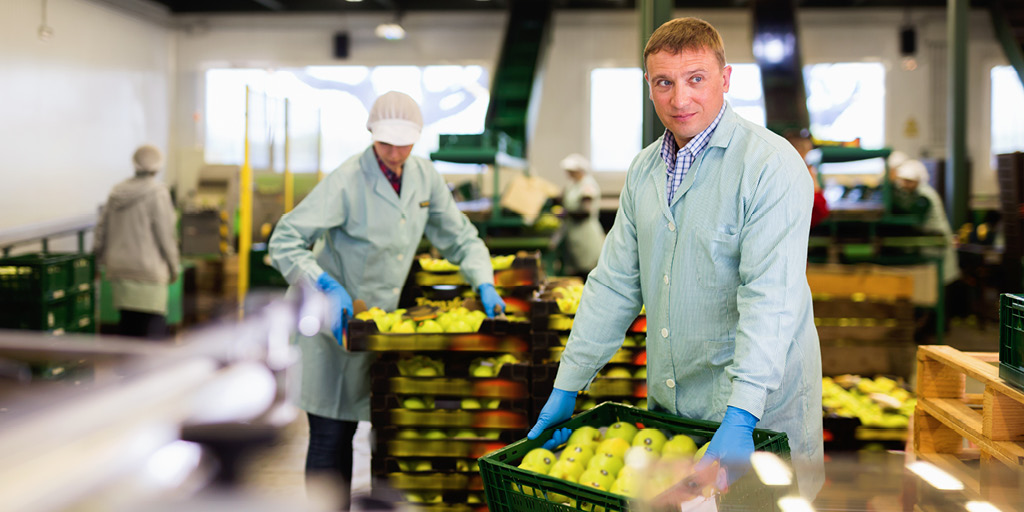People eat, no matter what current market conditions exist or what economic hurdles lie ahead. Food, beverages, and related perishable goods will always be in demand. That’s why efficient and reliable grocery transport is vital to the foundation of local markets and national grocery retailers.
Consumers want speed and convenience in grocery direct consolidated transportation. The pandemic accelerated that demand. According to Food Dive, the functional beverage market alone could hit more than $158.3 billion in value in 2023.
Curbside Pickup And Grocery Transport Options
Renewed Focus Toward Final Mile Delivery
When supply lines are complete, and shortages are rare, it is easy to overlook final mile delivery, grocery transport, and freight reconciliation services.
Distributors Who Can’t Adapt Will Struggle to Keep Up
Suppliers and distributors who can’t adapt to innovations in grocery logistics will struggle to keep pace with their competition. Success with goods delivery services is dependent on adapting to change, listening to consumers, and getting on board with the latest logistics freight technologies.
Combined Shipping Modes and Methods Are Often Necessary
Combining reefer and specialty shipping modes and methods becomes necessary to get products delivered in high-quality condition. Utilizing temperature control, monitoring, tracking, packaging, and other advances is essential for successful shipping from the first to the final mile.
Grocery Goods Delivery Relies on Innovation and Automation
According to Food Logistics, the industry can “expect to see significant growth of AI in logistics. Infoholic Research predicted 42.9% CAGR growth over the next two years, with the market reaching $6.5 billion by 2023, as AI is exploited to drive scale and efficiency of new distribution models.”
Enhance Your Grocery Transport With MercuryGate
Grocery transport success largely depends on finding the right carrier or driver, the appropriate mode of freight transportation, and navigating the space between Point A and Point B as efficiently as possible.
Partnering with an industry expert makes the entire process much more streamlined from start to finish. To learn more about how we help support grocery transport logistics, be sure to read our grocer use case study.


